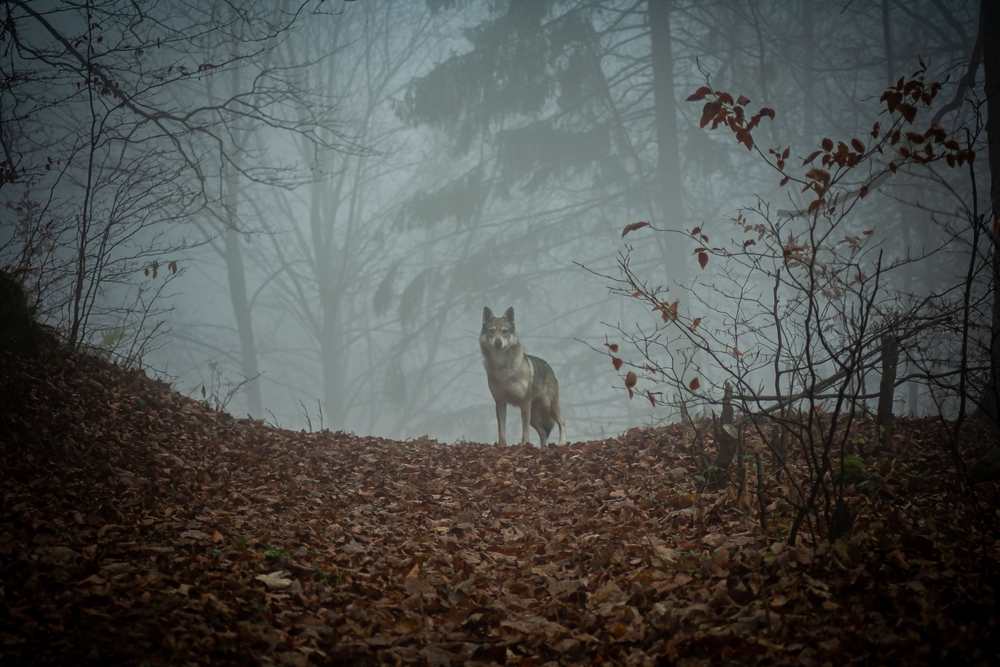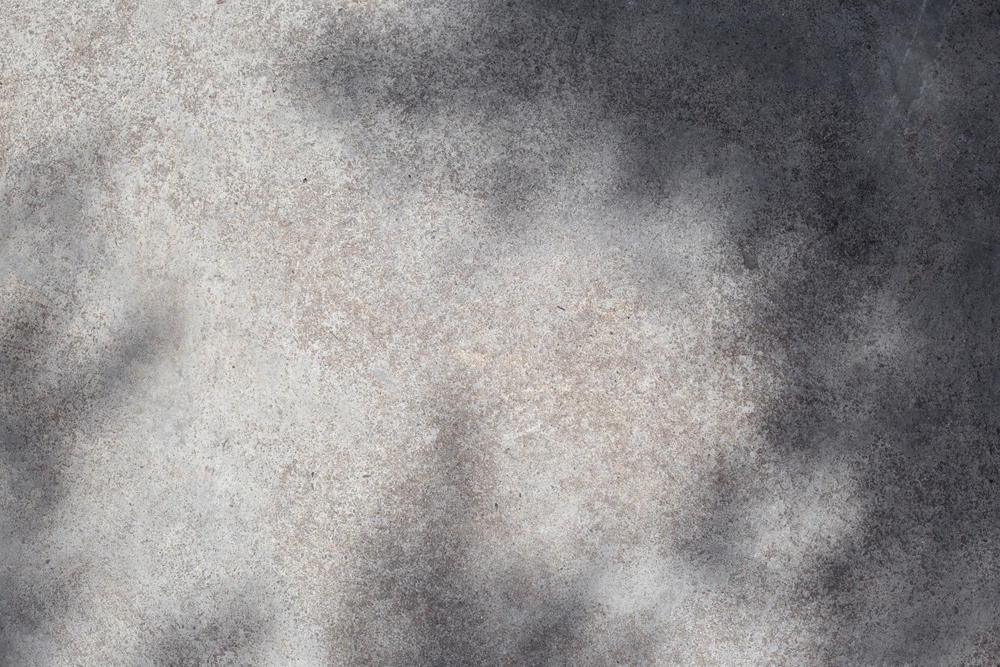Dark stories for light brands. Why soft aesthetic needs tension, not just tranquility
There’s a particular silence that lives on Instagram. It smells faintly of linen and lemon balm. Everywhere you scroll, a soft pink carousel murmurs, “You are enough”.
Pastel backgrounds. Sans-serif typography. Gentle imperatives wrapped in whisper tones: pause, breathe, slow down. It’s the visual vocabulary of modern serenity, and it’s everywhere. Wellness brands sell peace. Productivity coaches sell ease. Lifestyle creators sell the dream of frictionless existence. The palette is muted, the tone is kind, the promise is gentle: no rough edges, no hard truths, no discomfort.
Without contrast, that dream collapses into something dangerously flat. The endless sunshine begins to bleach the story until there’s nothing left to see. Here’s the paradox: tranquility without tension is hollow. Even fairy tales, with their rosy ending, kept wolves in the woods.
Sunshine is soothing, but it’s the shadow that shapes the story.
The power of darkness in narrative
If story is movement, then darkness is gravity. It’s what pulls everything toward meaning. In every myth that endures, something is lost, and in every plot that resonates, something breaks.
Not all darkness announces itself as catastrophe. Sometimes it’s quieter, domestic, nearly polite. The unspoken strain between perfection and fatigue; the bruise beneath the blush.
We tend to reserve the word “dark” for spectacle: tragedy, conflict, villainy. However, in storytelling darkness simply means that something is at stake. It’s the risk of change, the cost of beauty, the tension that keeps emotion awake.
Look to the stories we’ve loved:
- Coraline, a children’s story stitched with dread and curiosity.
- The Velveteen Rabbit, where love and decay are the same dance.
- Inside Out, where joy’s fullness only arrives once sadness is invited in.
Even children’s stories understand that contrast keeps feeling alive. The ache in these narratives doesn’t undermine the warmth. It makes the warmth visible.
Softness without shadow is just surface. Darkness doesn’t contradict tenderness. It completes it.
Contrast, the memory mechanism of story
If everything glows, nothing gleams. We remember stories because they move between poles: tension and release, comfort and uncertainty, beginning and return. Contrast creates resonance, a pulse that stays with us after the scroll.
Flat stories die quickly because they ask nothing of us. They create no friction, and therefore, no memory. To feel something linger, we need the smallest resistance; a question, a hesitation, a note of doubt. The same rule that governs art, film, and music, applies to content: harmony without dissonance is decoration.
Decoration doesn’t hold. Stories with contrast do.

Case studies. Brands that let the shadow in
& Other Stories
Scandinavian restraint with a fever dream folded in.
& Other Stories’ campaigns often dwell in the uncanny. Blurred reflections, impossible gestures, and dream-logic framing. There’s beauty, yes, but it’s haunted beauty. Aesthetic minimalism with emotional static running beneath.
It’s not so much horror as it is unease, that sense that something elegant might also be strange. Their images sell curiosity, not clothes. The result is minimalism with a pulse.
Allbirds. The end is just the beginning
An eco-conscious shoe brand daring to admit fear.
Allbirds could have stayed within the safe comfort zone of “we’re saving the planet”. Instead, their The End Is Just the Beginning campaign confronted the anxiety of climate collapse head-on. Stark imagery, uncertain tone, and fragile optimism.
It named what most sustainable brands prefer to bury: that caring for the planet is no longer idyllic, it’s existential. By letting dread breathe, they built trust. Sustainability became a reckoning instead of an aspiration.
Hope, reframed, becomes powerful only after fear has been named.
Selvyt
A cleaning brand whispering the psychology of order.
Selvyt uses domestic imagery as emotional metaphor. The ritual of control, the fragility of cleanliness, the daily attempt to keep chaos at bay… Its visuals are muted and delicate, but the subtext is darker: cleanliness as coping mechanism, order as grief management.
Their peace feels earned, not staged. You can almost hear the quiet exhaustion between the lines. The home isn’t spotless, but it’s sanctified by effort. Peace, in this narrative, is not the absence of dust but the discipline of tending to it.
How to weave tension without tearing the aesthetic
You don’t have to torch your brand’s softness to make it interesting. Just let it breathe unevenly, like something alive.
The gentle confrontation. Add emotional honesty to your soft brand
Let your copy blink, hesitate, confess.
“You’re tired of pretending your to-do list is self-care.”
“What if your peace is just another form of performance?”
The tone remains kind, but the kindness carries teeth. Soft brands gain depth when they stop promising calm and start exploring why calm feels so fragile.
The quiet descent. Build tension through patience
Instead of shock value, choose slow gravity. Let emotions simmer rather than spike. The rhythm of storytelling can echo the pace of a walk at dusk, a reflective letter, a confession written but unsent.
This is tension as patience; narrative created through waiting. It makes your story hum, not shout.
The hidden ghost. Use absence as narrative texture
What’s missing in your message? What silence lives behind your product promise?
Absence itself is a narrative form. Let something remain unsaid. Let your imagery leave corners unlit. Mystery is generosity, not manipulation. You’re allowing the audience to image alongside you.

Content with and without shadow
| “Nice” version | With contrast |
| “3 ways to slow down this season” | “Why slowing down scares you, and why you need it anyway” |
| “Our candle brings calm” | “Our candle remembers what the dark smells like” |
| “Start your mindful morning” | “You woke up tired. Again. Let’s begin anyway” |
| “Quarterly review tips” | “What your Q4 numbers won’t tell you (but your story will)” |
Each of these rewrites preserves tone but shifts weight from perfection to humanity.
Give your light some shadow
Take one of your brand’s prettiest pieces of content. The one you’re proud of. The one that looks polished enough to live forever.
Now disturb it. Add one contradictory note, one flawed sentence, one confession. Let the piece breathe where you’ve held it too tightly. Ask yourself: what’s the cost of the peace I’m selling?
Every dream has a toll. That’s where the story hides. What your customers don’t say out loud, that’s the line your story should whisper back to them.
The softest stories still carry meaning
You don’t need to abandon your pastels, just deepen them. The softness of your brand can still ache. It can hold tension without turning cold. It can be luminous and haunted, tender and true.
Audiences don’t crave comfort. They crave recognition. And real recognition lives where beauty meets contradiction.
Light isn’t the opposite of dark. It’s what emerges from it, and the brands that understand that, the ones unafraid to let the shadow speak, are the ones that won’t be forgotten when the scroll turns silent.







